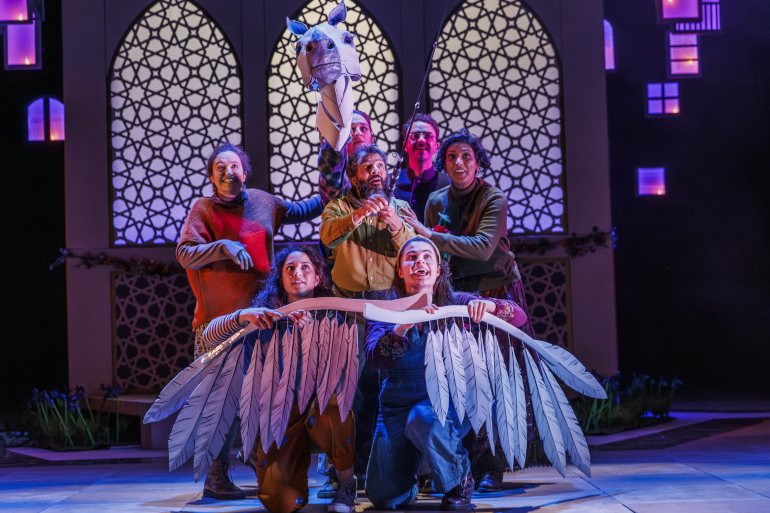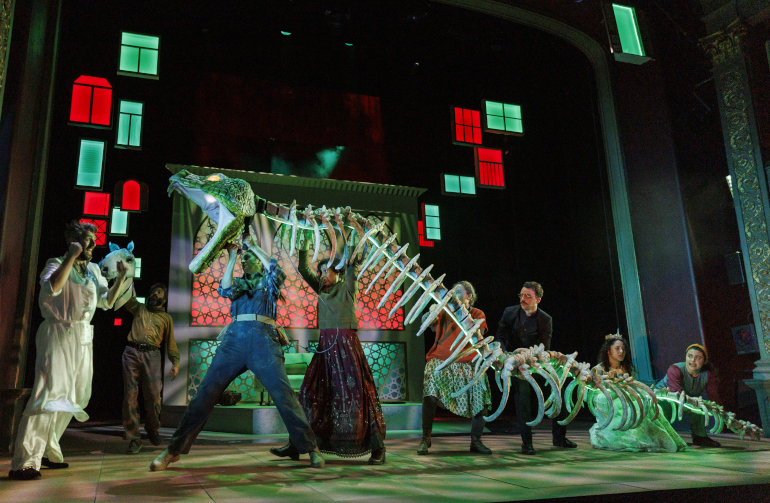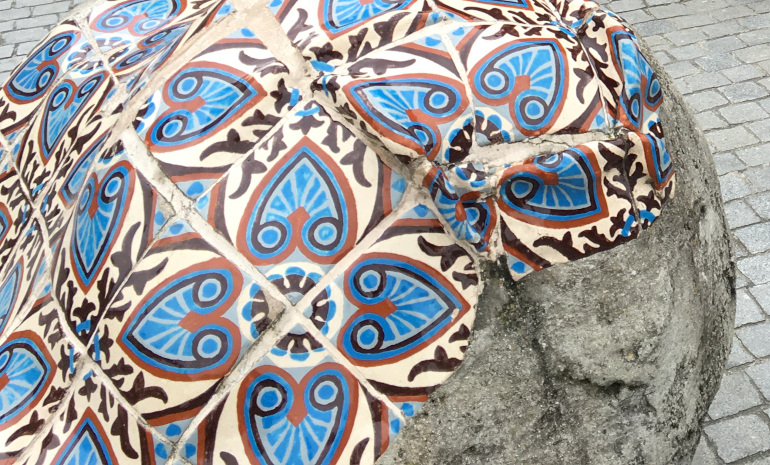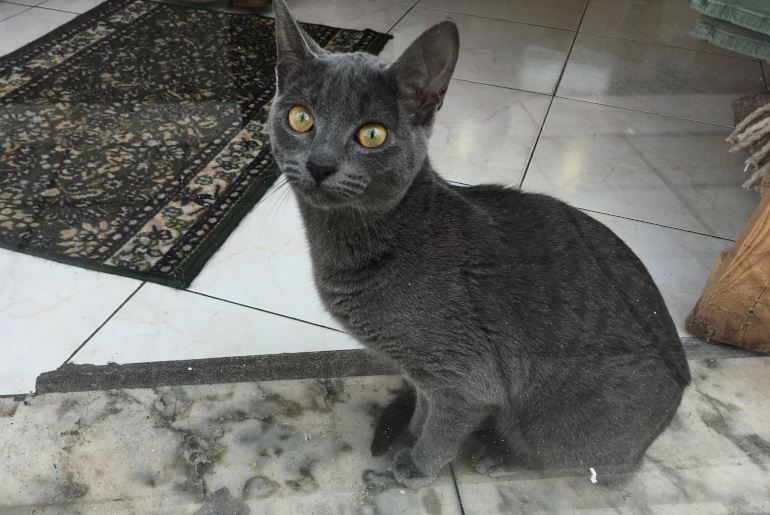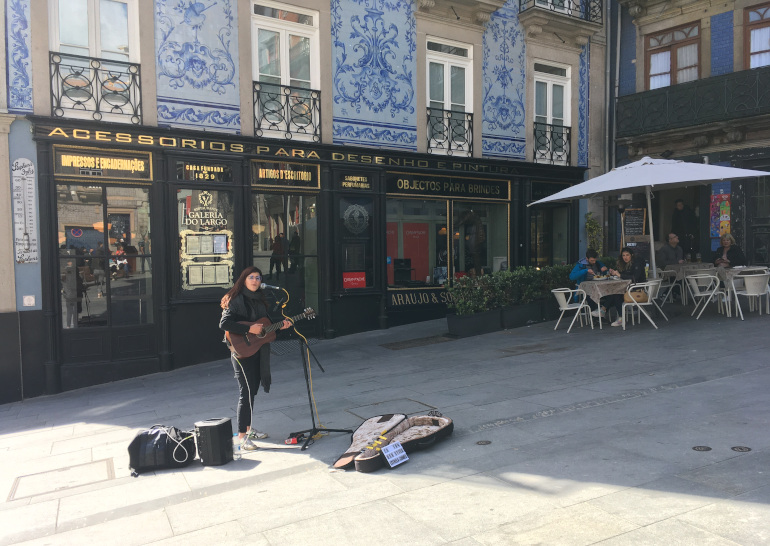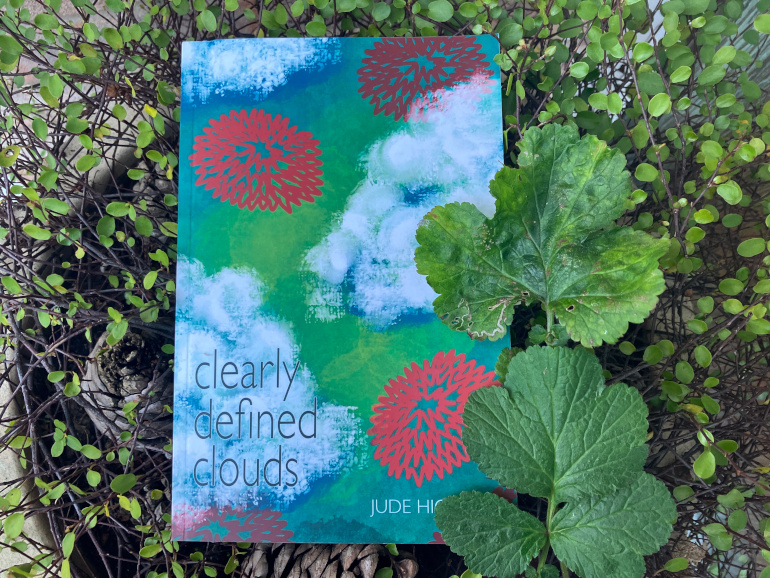
In this collection overflowing with awarding-winning and highly commended flash fictions and micro tales, author Jude Higgins creates a world where goddesses stroll through the eons to discover Zoom while humans lament decreasing biodiversity and discover the simplicity of love beyond semaphore. Even at its most playful, this is a collection with big messages at its heart.
As I read, my mind filled with images – colour is a vital ingredient of Jude’s fiction. not least in ‘Pink’, where it paints a beautiful scene against a story of loss again “the blush of that single rose growing by the door, you said was a winter miracle, still alive, trembling in the frost.”
Overall, the colour-saturation of the writing is an impression enhanced by Jeanette Sheppard’s wonderfully evocative cover image.
Love stories are unconventional in Jude’s hands, even when they draw on familiar sources. In ‘Jack and Jill’ we discover how Jack really came to fall down the hill, and all that was lost because of it.
Familiar nursery rhyme and characters crop up throughout, from an ageing Gretel rewriting the past to a sparky, empowered Rapunzel.
Other tales experiment with form to devastating effect. ‘Dark Horses’ is particularly deft, telling Alf’s story by listing the horses he has known and loved. This is also one of the flashes accompanied by an image – adding another layer of storytelling I appreciated.
Family relationships are examined with a gentle, dreamlike magic realism in ‘Manna’ and ‘Wash it All Away.’ In each of these, and so many of her other stories, Jude shares her understanding of and empathy for human nature.
In the title story, ‘Clearly Defined Cloud’, an ending offers the promise of quiet contentment you’ll want to savour by reading more than once, while ‘The Icing’ clings to hope as precarious as petals and button eyes. Jude’s skilful touch and painterly imagery allows hefty topics to land lightly, sneaking in emotions below scenes of nostalgia and deceptive calm.
One of my favourite’s in the collection is ‘How to Collect Water From a Well When There is Only an Office Chair to Hand.’ In this dystopian tale, three thirsty women who’ve lost everything to men team up to solve the title’s puzzle and see off a growing number of salacious frogs. Some lines hint at a darkness that draw to mind Margaret Atwood’s The Handmaid’s Tale with the women taking turns to have spins on the chair “to remind me when I could go out and work in an office.”
This is a collection of sweeping variety, with each flash offering fresh viewpoints on the people we are, the hopes we hold close and the experiences that impact us along the way.
This book was given to me in exchange for a fair review.
Clearly Defined Clouds by Jude Higgins is published by AdHoc Books. Buy your copy.
The Great Festival Flash Off, online, hosted by Jude Higgins, is on Saturday 26th October 2024
At this online session, I’ll be teaching a one-hour version of my ‘Writing on Water’ workshop, inviting flash writers to explore different ways of using water to dive deeper into themes in their writing, with generative exercises, examples from a variety of writers, and time to write.
The full day (11am to 6.30pm) only costs £30, with two hour-long workshops and one 90min workshop, plus readings, breakout rooms for chats, yoga for writers and a competition each time.
In addition to ‘Writing on Water’, the 26th October edition of the Great Festival Flash Off includes workshops with Ingrid Jendzrejewski and a discussion/reading/Q&A with Karen Jones and Diane Simmons.

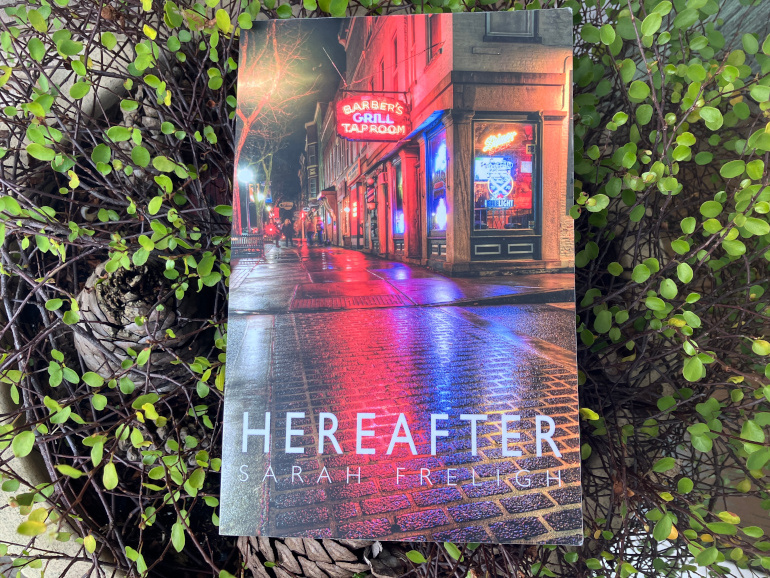 When our world has been shattered by loss, how do we carry on? Author Sarah Freligh asks this question, and countless others, in the stormy pages of her novella-in-flash.
When our world has been shattered by loss, how do we carry on? Author Sarah Freligh asks this question, and countless others, in the stormy pages of her novella-in-flash.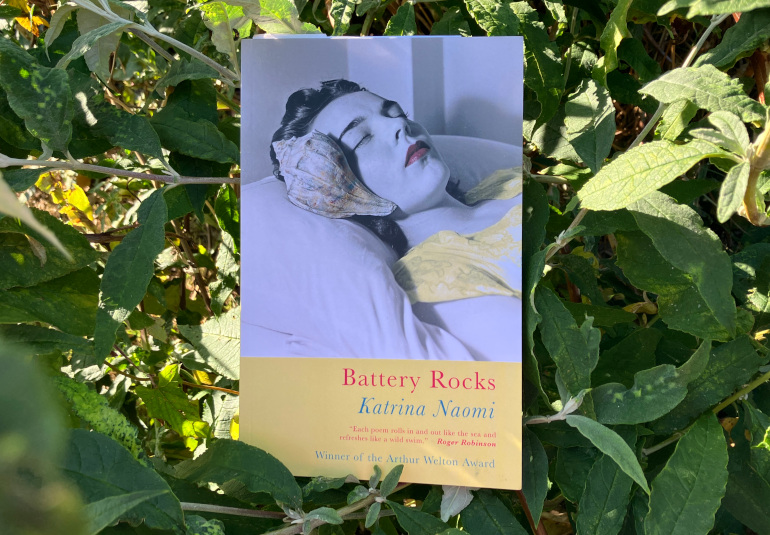 In this impressively immersive collection, the sea is a force to be reckoned with like a tempestuous lover who will as soon cradle you in her arms as dash you against the closest rocks. Poet Katrina Naomi sets this theme from the first line of Fickle Lover: “Ours is not a relationship of equals.” and later: “You are always on display.” Not only a lover, then, but an unpredictable, narcissistic lover who will always, always put their own needs before yours, because yours barely surface in their awareness, if at all.
In this impressively immersive collection, the sea is a force to be reckoned with like a tempestuous lover who will as soon cradle you in her arms as dash you against the closest rocks. Poet Katrina Naomi sets this theme from the first line of Fickle Lover: “Ours is not a relationship of equals.” and later: “You are always on display.” Not only a lover, then, but an unpredictable, narcissistic lover who will always, always put their own needs before yours, because yours barely surface in their awareness, if at all.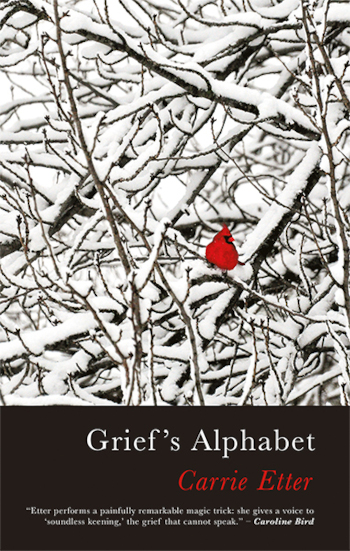 Pinning the memories of several lifetimes to the page and shining up the gut-punch moments that really sum up key relationships is no mean feat, but poet Carrie Etter achieves it with apparent ease. From Birthday as Adoption Day to the soaring hopefulness of Reincarnation as Seed, the poems tug and pull at you like rough weather or the tumble of a hectic family. It makes the passages of stillness even more powerful, as Etter pulls back her arrow and lets it fly to strike with exquisite accuracy into your heart.
Pinning the memories of several lifetimes to the page and shining up the gut-punch moments that really sum up key relationships is no mean feat, but poet Carrie Etter achieves it with apparent ease. From Birthday as Adoption Day to the soaring hopefulness of Reincarnation as Seed, the poems tug and pull at you like rough weather or the tumble of a hectic family. It makes the passages of stillness even more powerful, as Etter pulls back her arrow and lets it fly to strike with exquisite accuracy into your heart.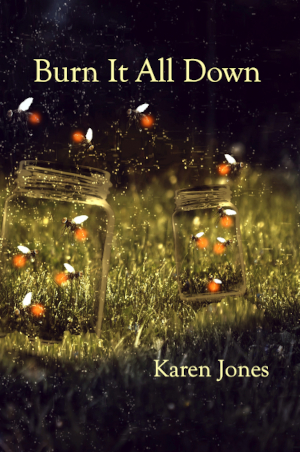 Imagine a farm on a seashore where two sisters celebrate the possible death of their brother-in-law, and the third, his wife, isn’t sure whether to mourn or join in with her sisters’ revelries.
Imagine a farm on a seashore where two sisters celebrate the possible death of their brother-in-law, and the third, his wife, isn’t sure whether to mourn or join in with her sisters’ revelries.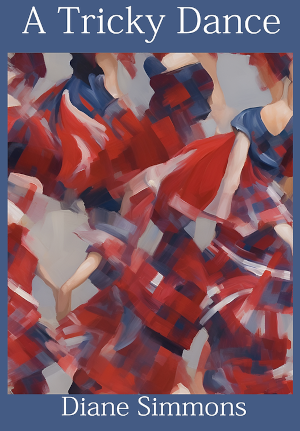 Contained within just forty pages, Diane Simmons’ novella-in-flash portrays a 1970s childhood and adolescence that shines with possibilities. Exploring the ways we discover, confound or eschew our assumed paths through life, Diane introduces us to Elspeth, not the richest and maybe not the smartest, the most popular or the prettiest, but very much the star of her own story.
Contained within just forty pages, Diane Simmons’ novella-in-flash portrays a 1970s childhood and adolescence that shines with possibilities. Exploring the ways we discover, confound or eschew our assumed paths through life, Diane introduces us to Elspeth, not the richest and maybe not the smartest, the most popular or the prettiest, but very much the star of her own story.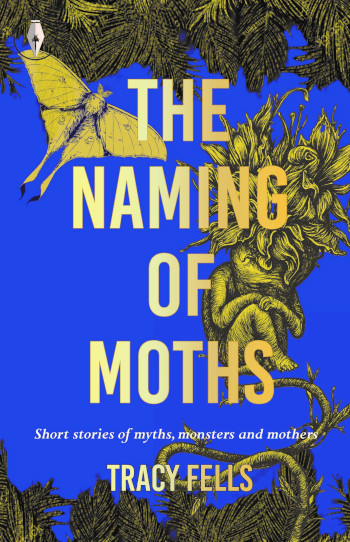 With such an evocative title and cover, you know you’re in for a world of wonder with this collection of short fiction. The tagline ‘Short stories of myths, monsters and mothers’ adds a flicker of curiosity before you enter the pages’ worlds.
With such an evocative title and cover, you know you’re in for a world of wonder with this collection of short fiction. The tagline ‘Short stories of myths, monsters and mothers’ adds a flicker of curiosity before you enter the pages’ worlds.